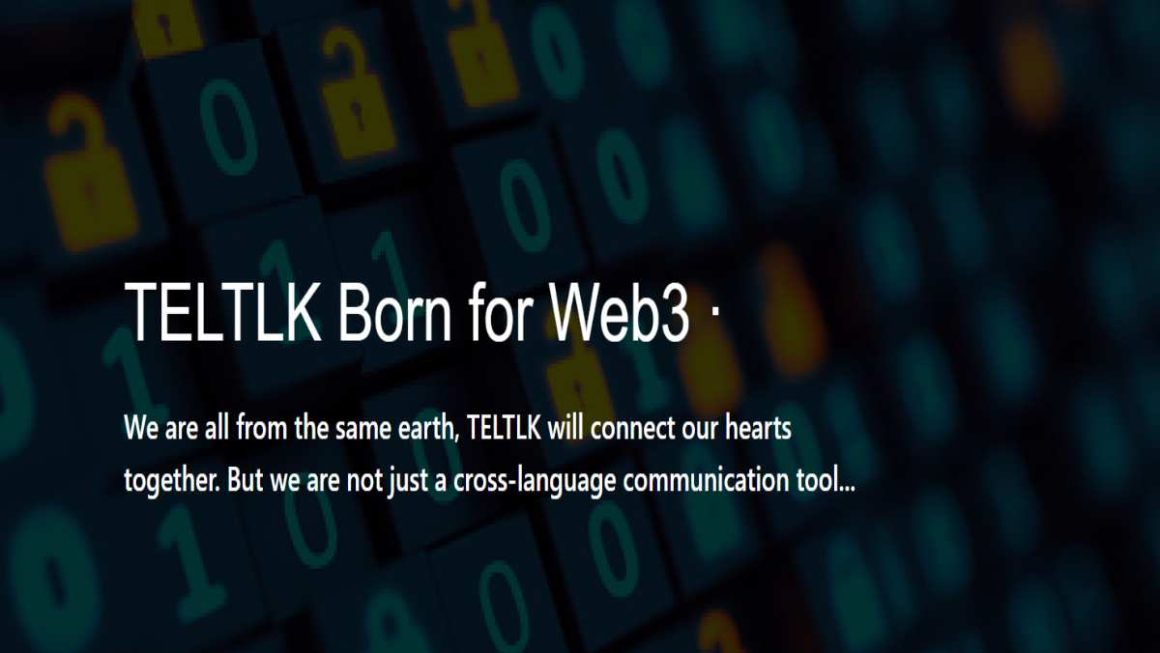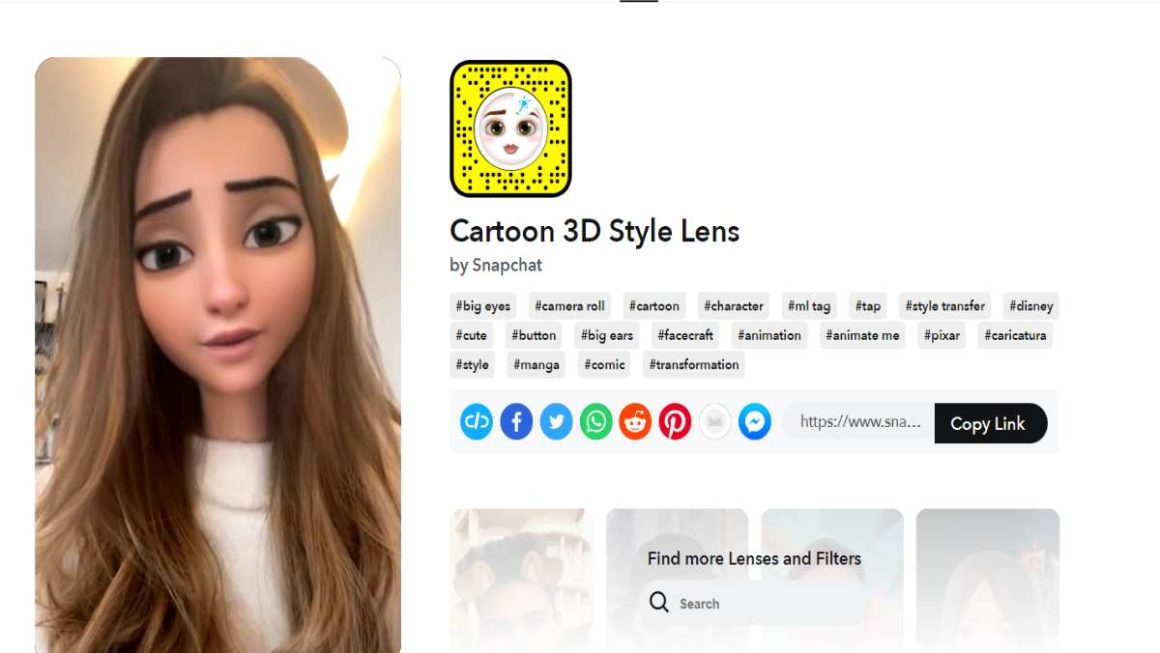Techreviewscorner, the leading social Tech platform, released a detailed report on Trends in Social Media during the Second Quarter of 2020. This document shows the latest trends in digital marketing, as well as changes in paid advertising, as brands around the world adapt to the pandemic.
The report’s main findings, based on second-quarter data, include a return to pre-pandemic levels in terms of the ad budget, cost-per-click (CPC) for paid advertising, and the time Facebook users spend online. An important advance is the increase in the use of organic video content on social networks, which offers advertisers a high degree of interaction or engagement, with an audience that works remotely or is isolated during the pandemic.
Table of Contents
Increased advertising investment returns to pre-pandemic levels
Advertising spending on social media worldwide increased significantly during the second quarter of 2020. Worldwide, brand advertising spending was 26% higher during the second quarter, compared to the first quarter, where the budget was affected by the coronavirus pandemic.
During the last three months, an increase in advertising investment was observed in each of the industries that experts analyzed. However, there were situations where ad spending declined temporarily, likely due to the #BlackoutTuesday digital social movement and the boycott of Facebook ads organized by civil rights and activist groups.
The impact of the boycott of Facebook affected North America to a greater extent, where investment fell 31.6% during the last fortnight of the second quarter. Ad spending is likely to continue this decline during the start of the third quarter, as the boycott is expected to continue, at least through July.
Cost per click (CPC) increases globally but lags year-over-year
Globally, the average cost per click of paid digital ads increased 55.3% during the second quarter of 2020, after peaking in early March and before the pandemic began its peak.
The largest increase was observed in southern Europe, where the cost per click increased 94%. In all brand profiles, the cost per click rose 42.7%, reaching $ 0.107 per click during the second quarter. However, in the main feeds, a decrease in the cost per click is observed every year, which means that budget brands still have the opportunity to reach a larger audience than in normal conditions.
Facebook users resume their pre-pandemic activity
Some of the data also indicates that as communities around the world move out of quarantine, the amount of time they spend online returns to normal levels before the pandemic.
The interaction of Facebook was reduced from 50.8% to 100% during the second quarter of the year, before increasing again at the end of that period. This decline is largely due to the return to normal levels, after the unusual rebound that occurred in mid-March.
Instagram dominates in audience and interactions
Instagram continues to rise during the second quarter, as the platform expands its audience and nearly peaks at the end of the quarter.
Currently, the audience size of the top 50 brand profiles on Instagram is 31% greater than that of Facebook. Similarly, engagement is, and remarkably, higher on Instagram: 18.7x more interactions than Facebook, despite the fact that 70.7% of all brand posts were made on Facebook.
Video content grows and shows great potential
In March 2020, in the midst of the pandemic, video content began to have a significant boom in social networks.
Twitter, where 20% of tweets come from brand profiles, has the highest percentage of video content on social networks, compared to Facebook and Instagram. Video content on Instagram accounted for 17.1% of all posts during the second quarter of 2020, an increase of 16.3% compared to the second quarter of 2019. Facebook saw an increase in videos of 5.3% over the same period in the last year, where videos occupied 18% of the content on the platform.
Likewise, the use of Facebook Live rose 27% compared to the second quarter of 2019, and 126% in the last four months. Without a doubt, Facebook Live was the most used format on platforms for engagement during the second quarter.




